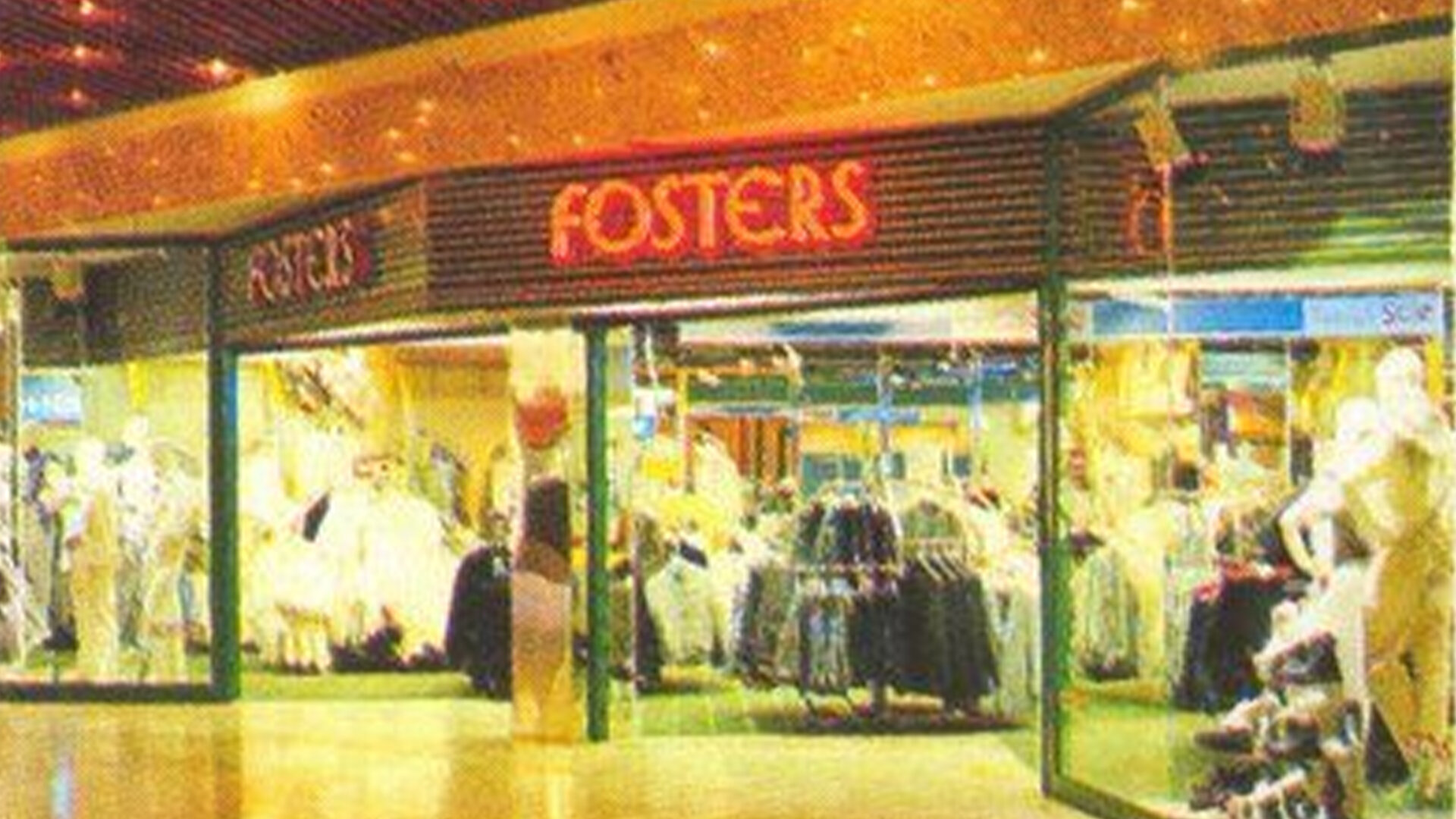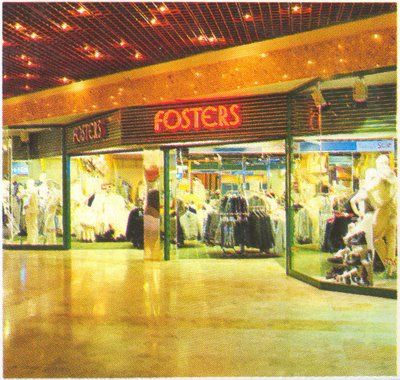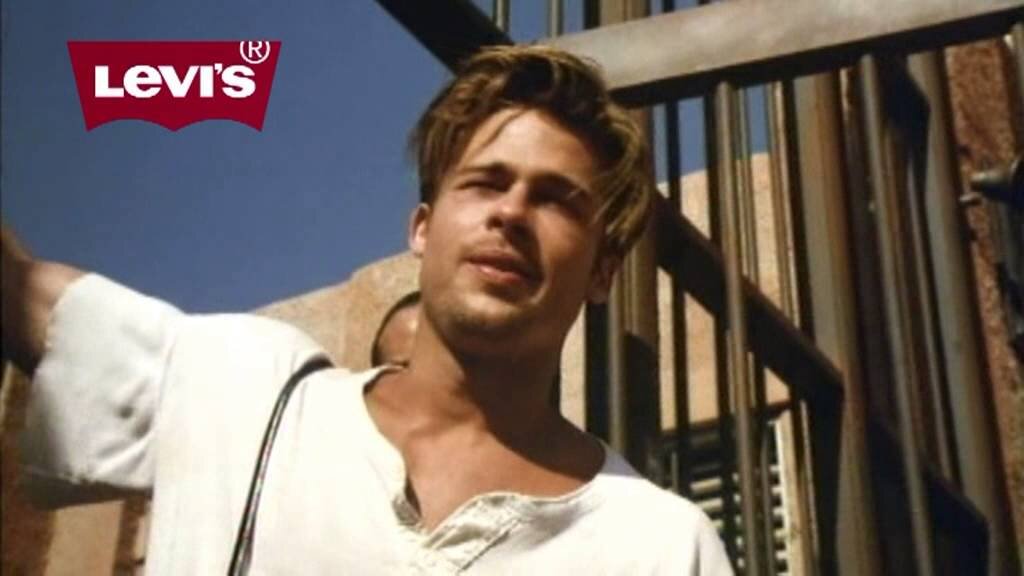
HOW NICK KAMEN IMPROVED MY SATURDAY AFTERNOONS
John Harrison
05/02/2020
In an ode to price inelasticity, John Harrison, Effectiveness Lead at BBH London, looks back at how Levi's made paying premium cool.
In 1989, I landed a Saturday job at Fosters Menswear in Rochdale.
This job was highly sought after, since at the time, Fosters was the coolest place in Rochdale to buy men’s clothing. Admittedly this was mainly because the only other options were a minuscule section of The Co-Op Pioneers department store; Burton’s Menswear (which was hidden above a Dorothy Perkins); or Greenwoods – the outfitter of choice for the older gentleman.
Each Saturday myself and the other sales assistants would be assigned a ‘department’ of the shop by Michelle the store manager, and told what our target sales figure was for that day. On a good day you could hit your target by lunchtime, and then spend all afternoon chatting and generally skiving. However, if sales weren’t going well, as the day wore on you’d transform into a caricature of an Apprentice contestant, trying to sell the clothes off your own back in order to avoid the humiliation of being shouted at by Michelle when each department’s sales figures were announced at the end of the day.
And so it was that I came to love Levi’s.
My stint selling jeans in Fosters was 5 years after Nick Kamen had first walked into the launderette, helping UK volume sales of Levi’s 501’s increase by over 2000% (as well as reviving the market for boxer shorts). Subsequent ads such as Parting; Pick-up; Refrigerator; Pool Hall and Camera (featuring a young Brad Pitt) had continued to build the brand and drive the incredible sales success of Levi’s, such that they had a monopoly share of the UK jeans market.
John Harrison in his early years
But volume sales were only part of the story. There were only so many people who came through the doors of Fosters each Saturday to buy jeans. My reward of a relaxing afternoon was largely dependent on my selling the same number of jeans at a higher price – and that meant selling Levi’s.
Fosters stocked a wide range of jeans brands. Fosters own label was priced around £18 a pair (it’s crazy to think how relatively cheap clothing is today compared to 30 years ago). Whilst other brands such as Wrangler, Pepe and Lee Cooper all sold for around £25 each.
The 1992 IPA Effectiveness paper from BBH stated that Levi’s sold at an average 70% price premium to competitors. I have a very distinct memory of a new stock of Levi’s 501s arriving one week, and Michelle calling head office to check that the £50 sales ticket wasn’t a mistake. £50 for a pair of jeans seemed an unbelievably extravagant price to pay. Yet in reality it was an absolute bargain if it meant they could have some of the confidence, rebellion, freedom, originality and sex appeal that the Levi’s brand projected.
I was a dreadful salesman – but even I could sell Levi’s for double the price of any other jeans brand.
Levi’s may be a particularly extreme example, but as an industry, we do tend to get fixated on market share, overlooking another key benefit of a strong brand – the ability to charge higher prices.
The Wharton Business School analysed the relative effects of changing different parts of the profit equation by 1%:
Increase Sales Volume by 1% = 3.3% on profitability
Reduce Fixed Costs by 1% = 2.5% on profitability
Reduce Variable Costs by 1% = 6.5% on profitability
Increase Price by 1% = 10.3% on profitability
Of course, you need a strong brand to be able to successfully charge a price premium. A Millward Brown study suggested that the price premium a strong brand can charge over a weaker brand is 13%.
As I look back on my time selling jeans to the men-folk of Rochdale, my only regret is that it happened a few years before the greatest Levi’s ad ever made (don’t just take my word for it). Imagine how many pairs I’d have been able to sell after that.



